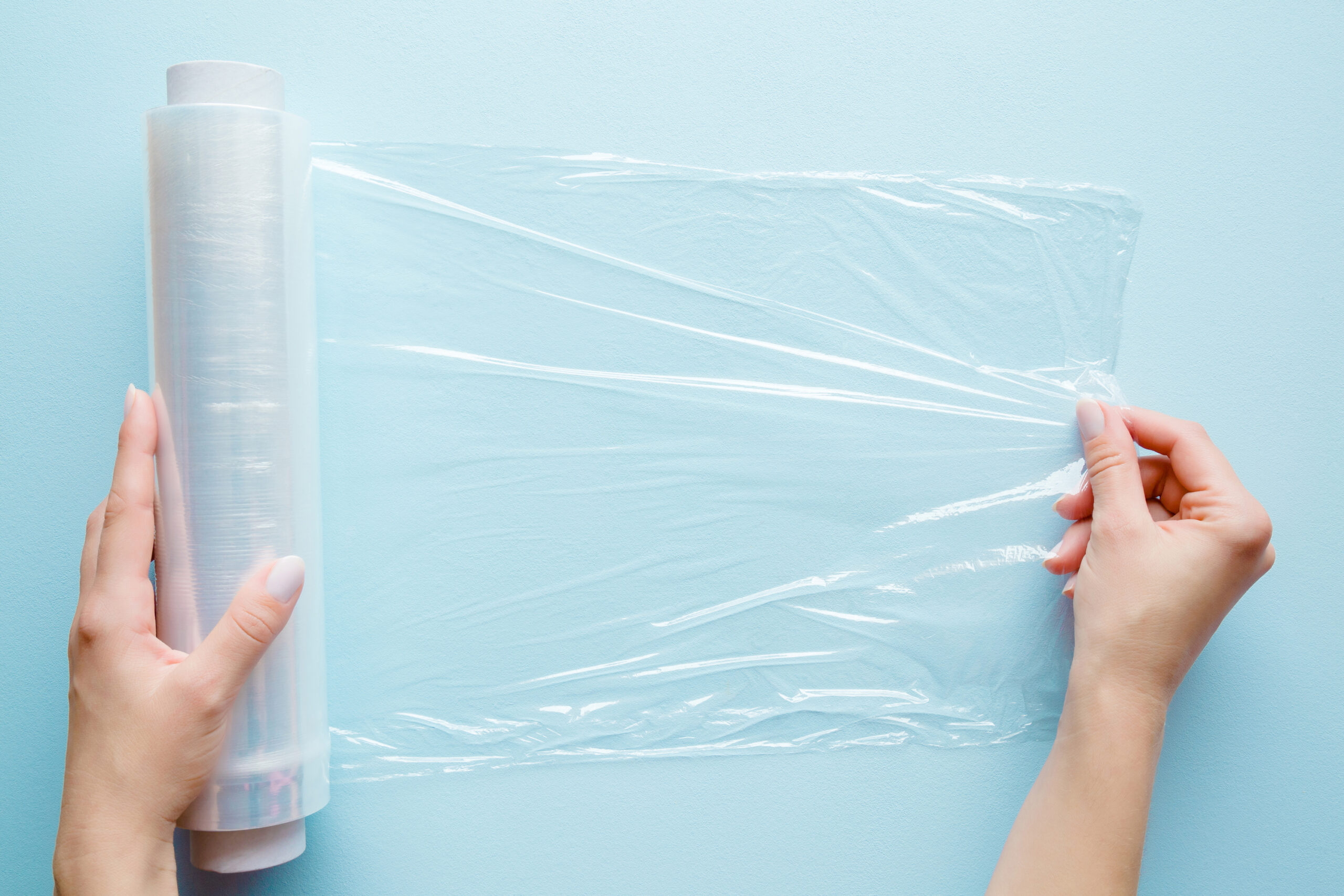Is biodegradable cling film any good?
The shift to a more eco way of living often starts in the kitchen, so how effective is Lakeland’s new biodegradable cling film?
The war on plastic is undoubtedly ramping up. While we’ve ditched single-use plastic bags at stores and supermarkets, cut out microplastics in face washes, and scrapped plastic-stemmed cotton buds, there’s still a way to go in effectively reducing our use of non-recyclable plastics – especially in the kitchen.
From yoghurt pot films and confusion over meat packaging, to crisp packets and anything that continues to be depressingly labelled ‘not yet recycled’, for many of us, the majority of our plastics usage stems from breakfast, lunch and dinner.
Bamboo food containers, beeswax food wrap and brown paper snack and sandwich bags are all helping improve things, and are becoming increasingly available and familiar. Sometimes though, you really do just need a bit of cling film, and the traditional kind can make you feel so guilty.
View this post on Instagram
But things are changing, if Lakeland’s new compostable cling film is anything to go by. We tested it out…
What’s this new cling film?
Lakeland’s Compostable Cling Film comes in a 30mx28cm roll, inside a cardboard box like the usual PVC kind.
How much does it cost?
£3.99 – which equates to roughly 13p a metre.
Compare that to Lakeland’s usual cling film (5p) as well as Tesco’s own brand cling film (3p) and their recyclable (but not compostable) cling film, which comes in at 5p. Sainsbury’s PVC stuff meanwhile is 4p, and Asda’s non-PVC version is a mere 2p a metre.
Lakeland’s compostable version is undoubtedly more expensive, but arguably it’s worth it, considering you can sling it on the compost, rather than adding to the recycling system. Presumably, as more brands develop their own compostable cling film, costs will shuffle down.

Lakeland’s compostable cling film in action
What’s it made of?
The box says it’s a ‘polyester film specially designed to break down under home and industrial composting conditions’, while Lakeland adds the film is ‘derived from fossil origin’.
Do you feel confident putting it in the compost?
The cling film is fully certified for home composting, and is designed to break down and disappear within 12 months. Still, it’s quite weird to ball up a used stretch of it, and chuck it in with banana skins, mouldy bread and potato peelings. That said, I’ve used biodegradable compost bags previously, and they really have vanished over time in the compost bin. It’s a case of overcoming the feeling of wrongness when putting what looks like plastic in with the used coffee granules.
How different is it to normal cling film?
It behaves almost identically to normal cling film – right down to the box falling apart as soon as it goes in the drawer, the serrated edge nipping your fingers, and, like with sellotape, never being able to find the edge without rucking the whole roll up.
Cling film is so annoying
— Kelda🥤 (@keldaaa) June 6, 2020
I was prepared for it to feel different, stickier maybe, or lacking stickiness altogether, but in fact, if you hadn’t bought it in the knowledge it was designed to rejoin the soil, you likely wouldn’t notice any difference.
Verdict
Often adhering to the ‘stick a plate on top’ school of storing fridge leftovers (which does the washing-up stack no favours), I have long struggled with cling film. One that considers the environment though, does have a certain appeal.
I found Lakeland’s eco variety does un-cling slightly after a couple of days, and doesn’t crinkle quite so steadfastly as the truly plasticky original; you also can’t use it in the oven or the microwave.

Lakeland’s compostable cling film
But if you’re prone to making too much soup, scraping the last of the risotto into a bowl for later, or have been making extra meal portions for neighbours or family members in need, it’s definitely a feel-good substitute worth investigating.
The Press Association
Latest posts by The Press Association (see all)
- Princess Charlotte ‘s ninth birthday marked by picture release - May 2, 2024
- Strong passwords more important than ever, experts warn - May 2, 2024
- Princess Charlotte set to celebrate ninth birthday - May 1, 2024
- How edible flowers can make your dishes look and taste divine - April 30, 2024
- Beauty entrepreneur Liz Earle on turning 60: Ageing is a gift - April 30, 2024




















